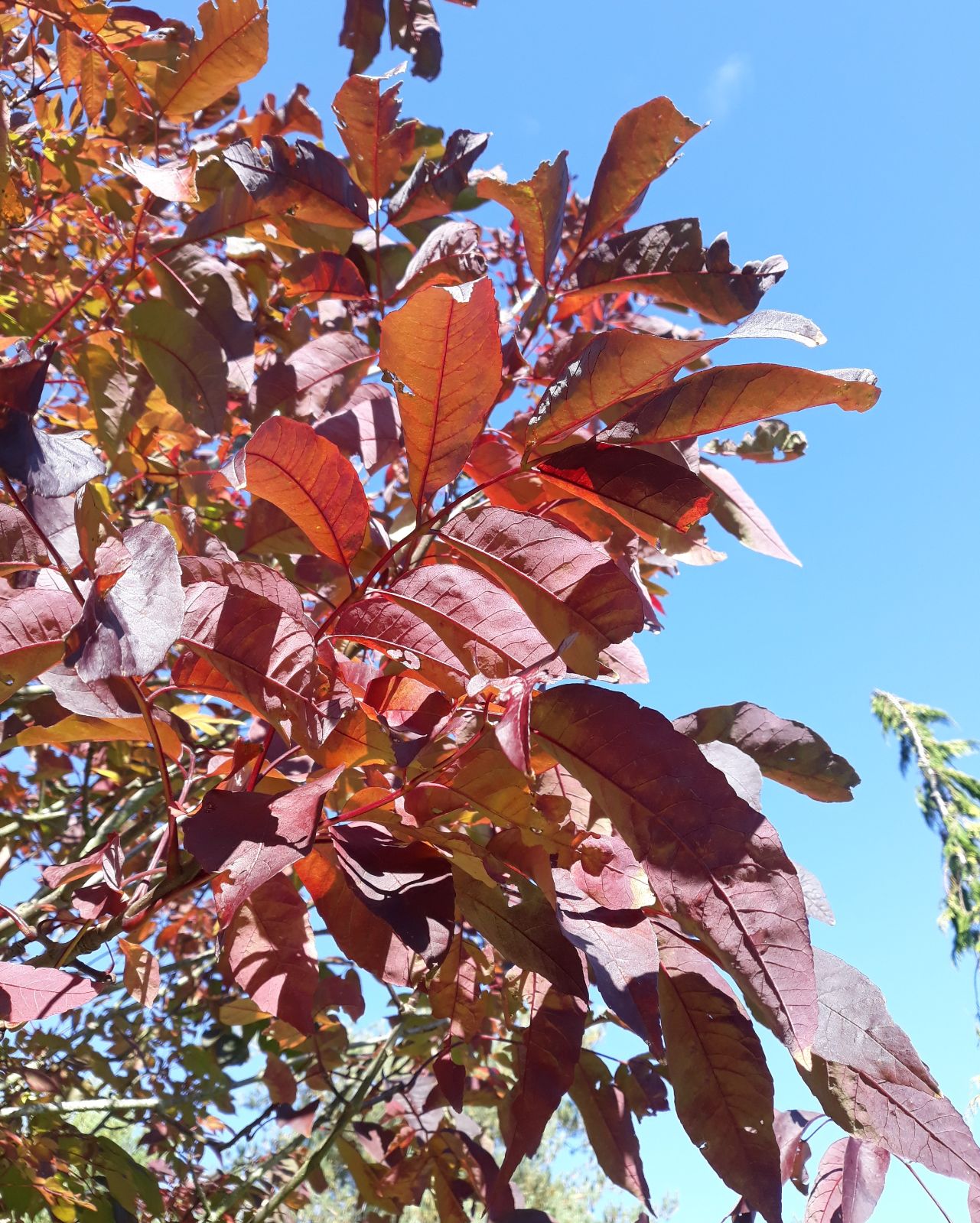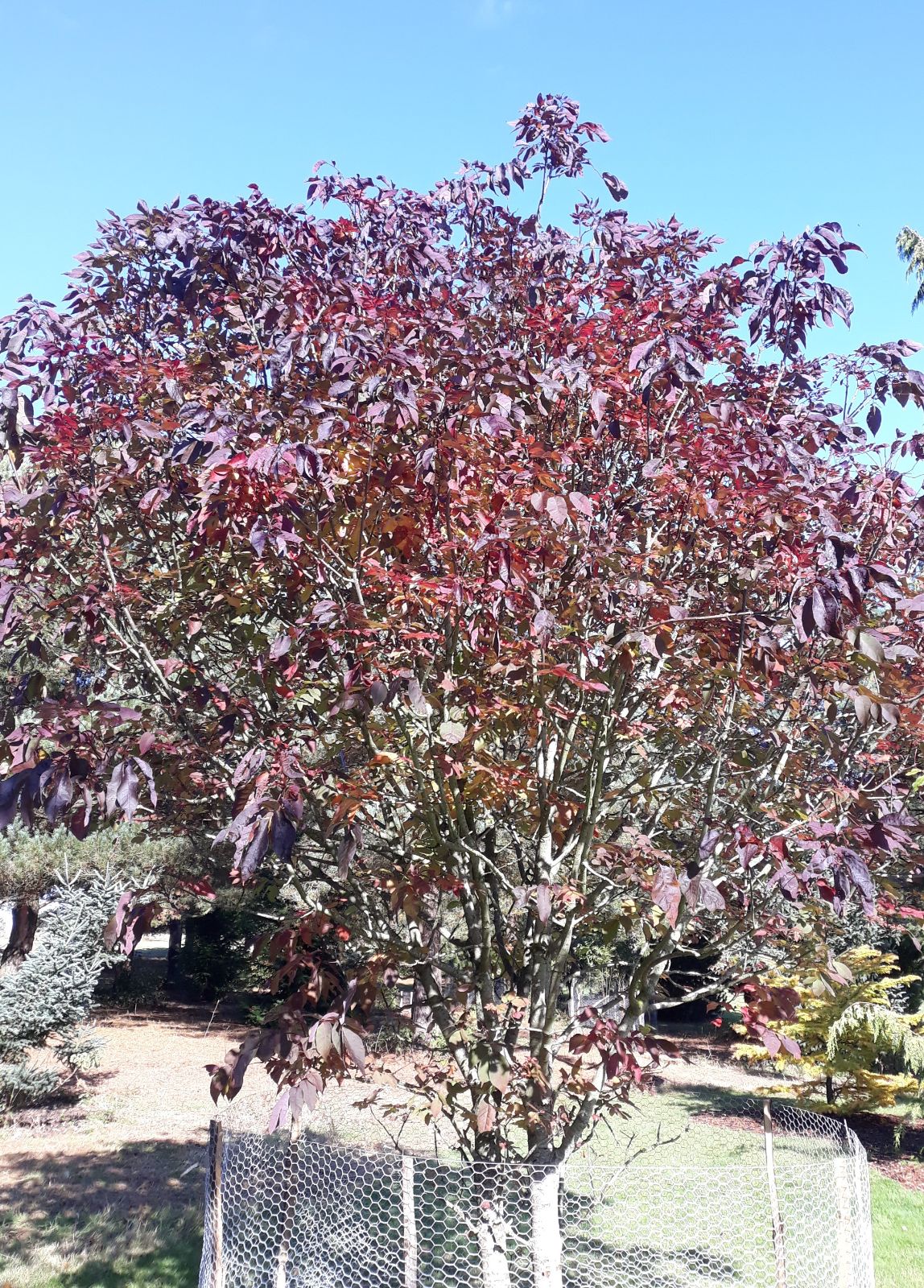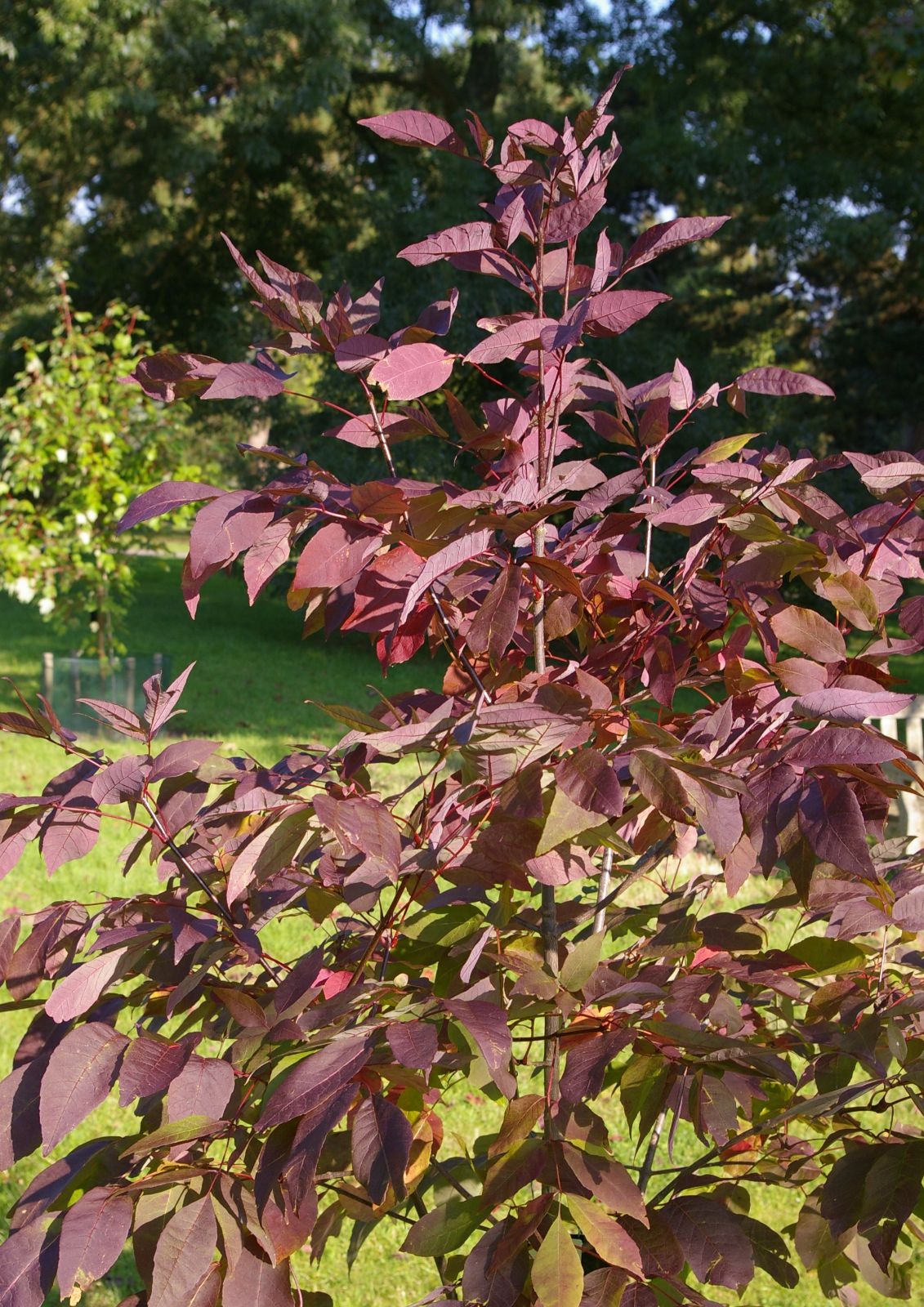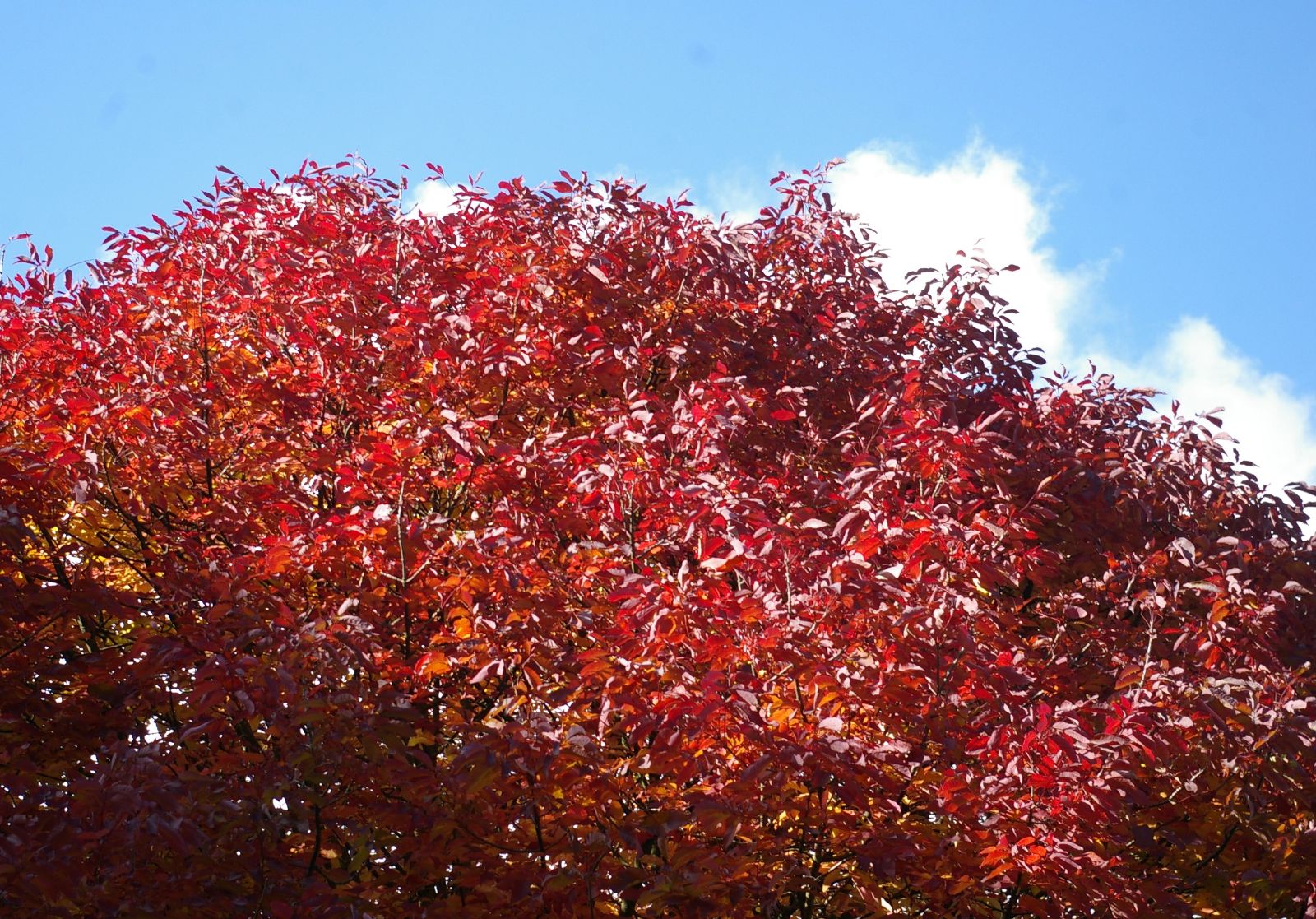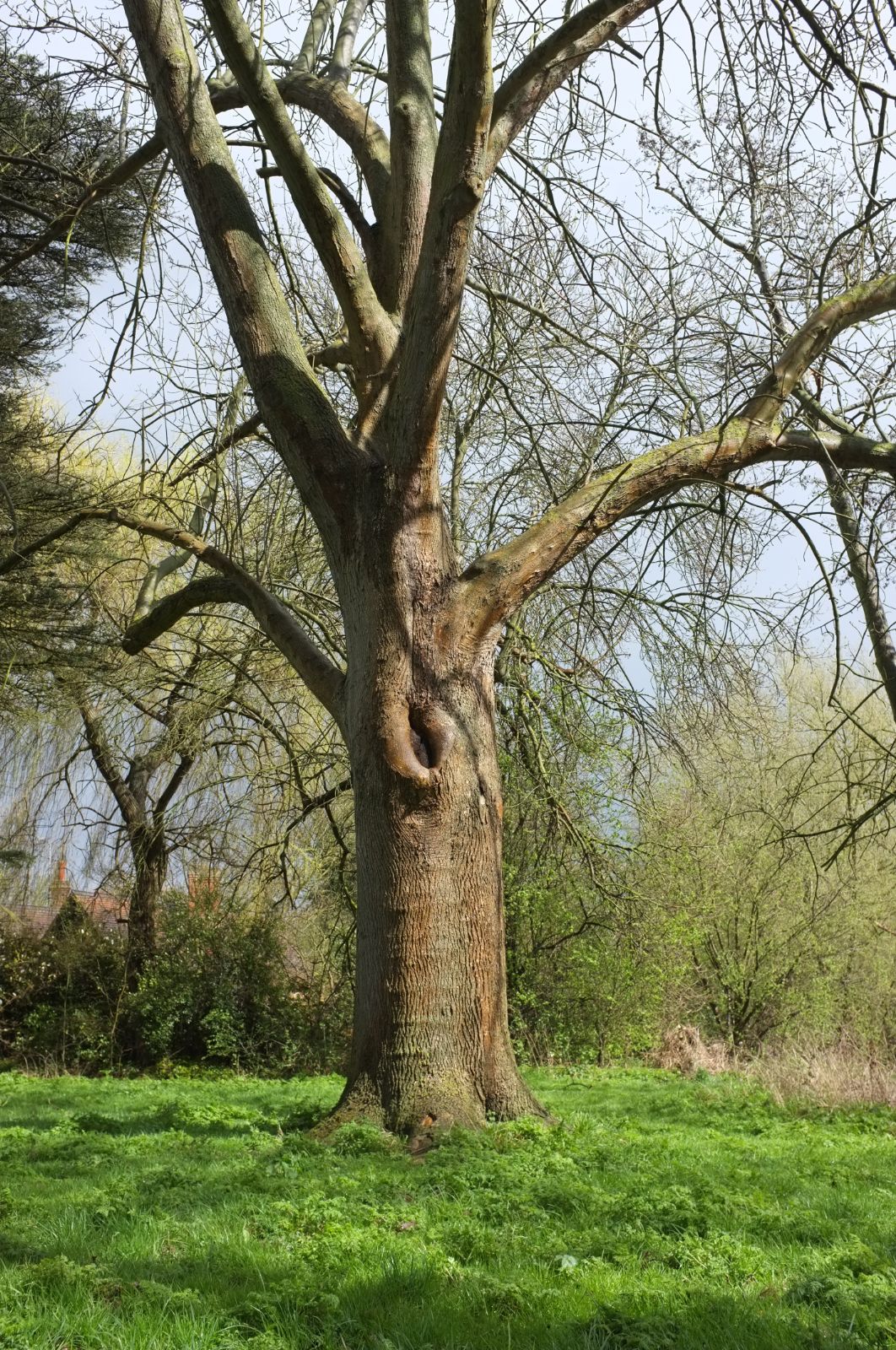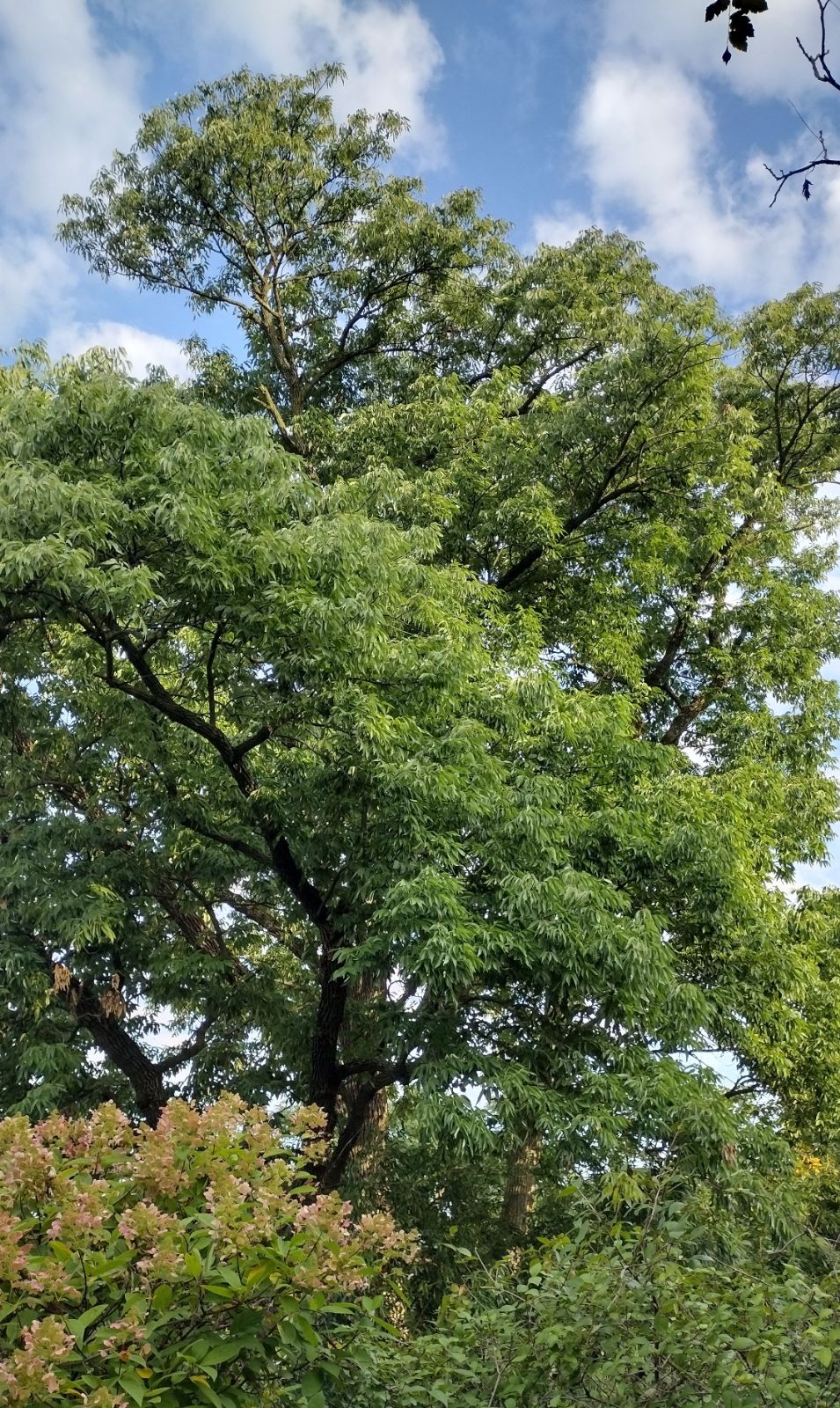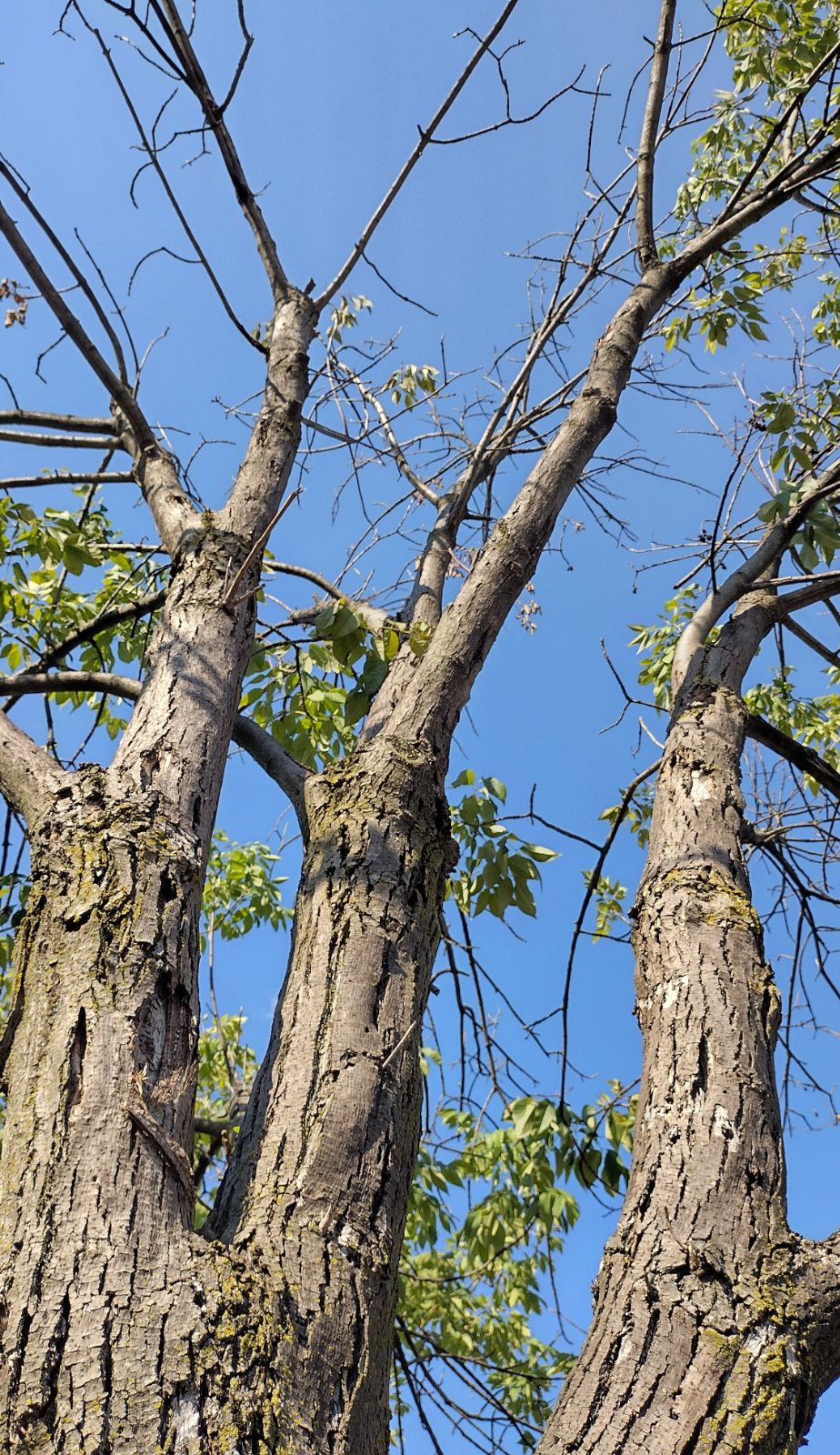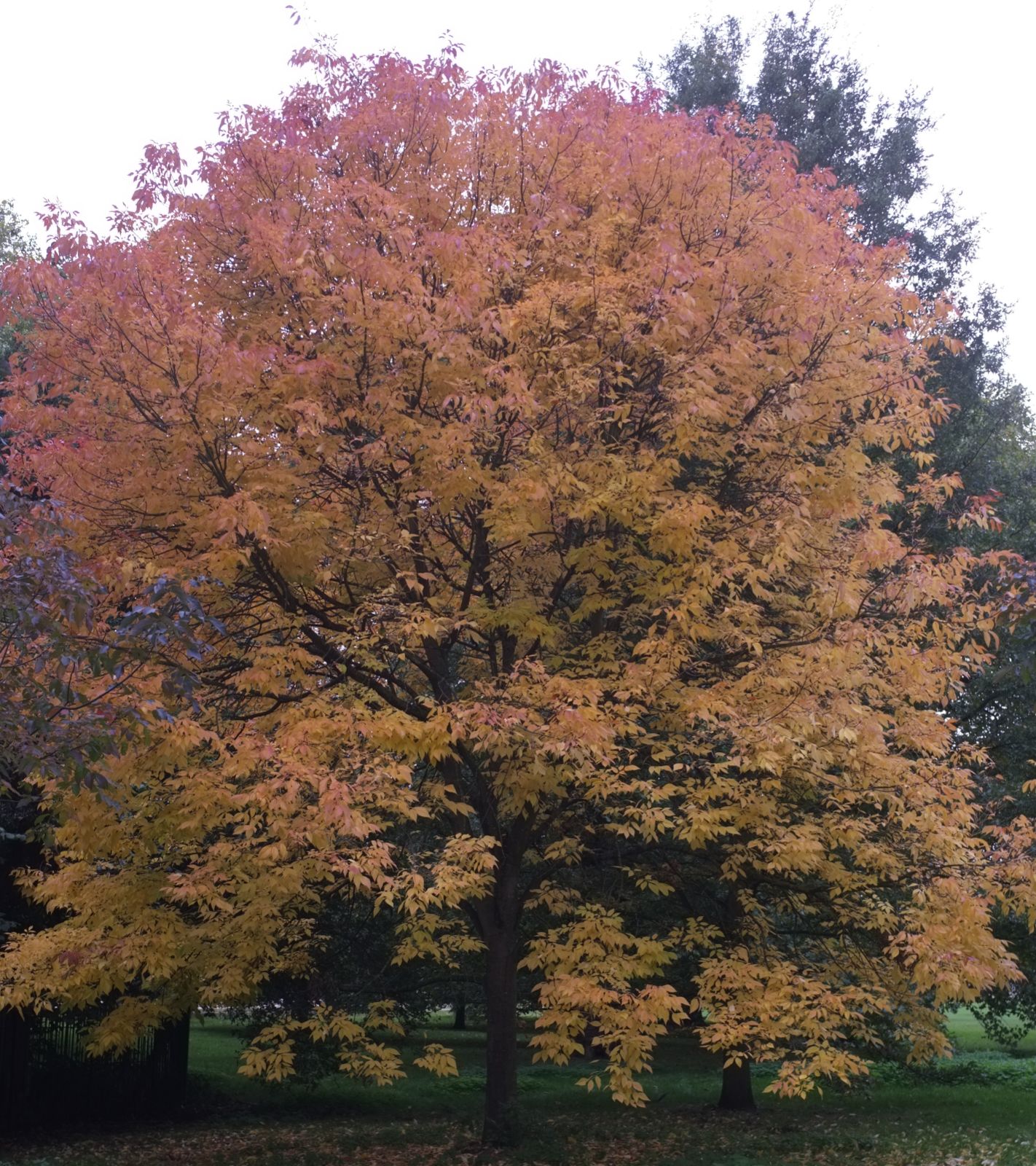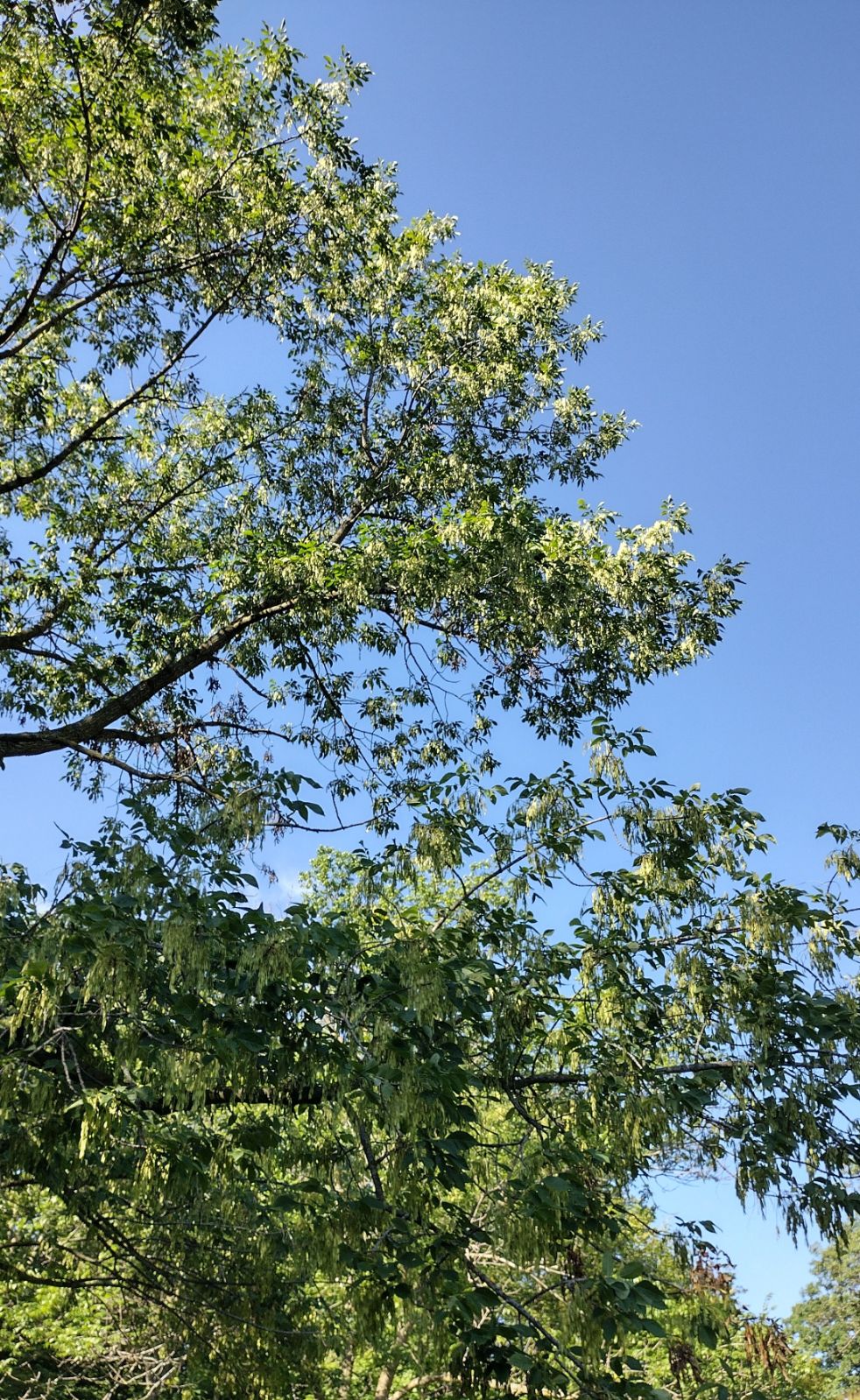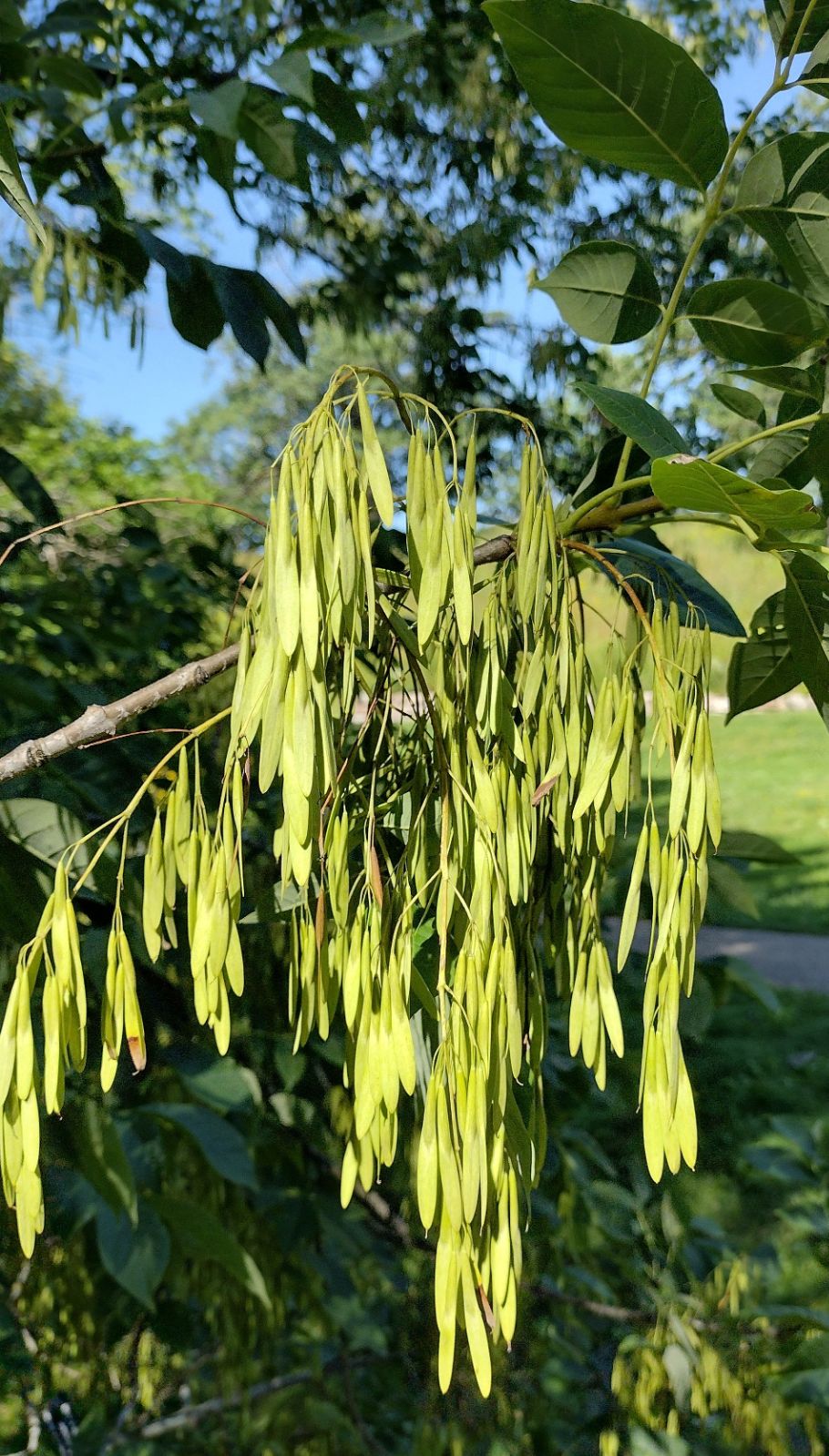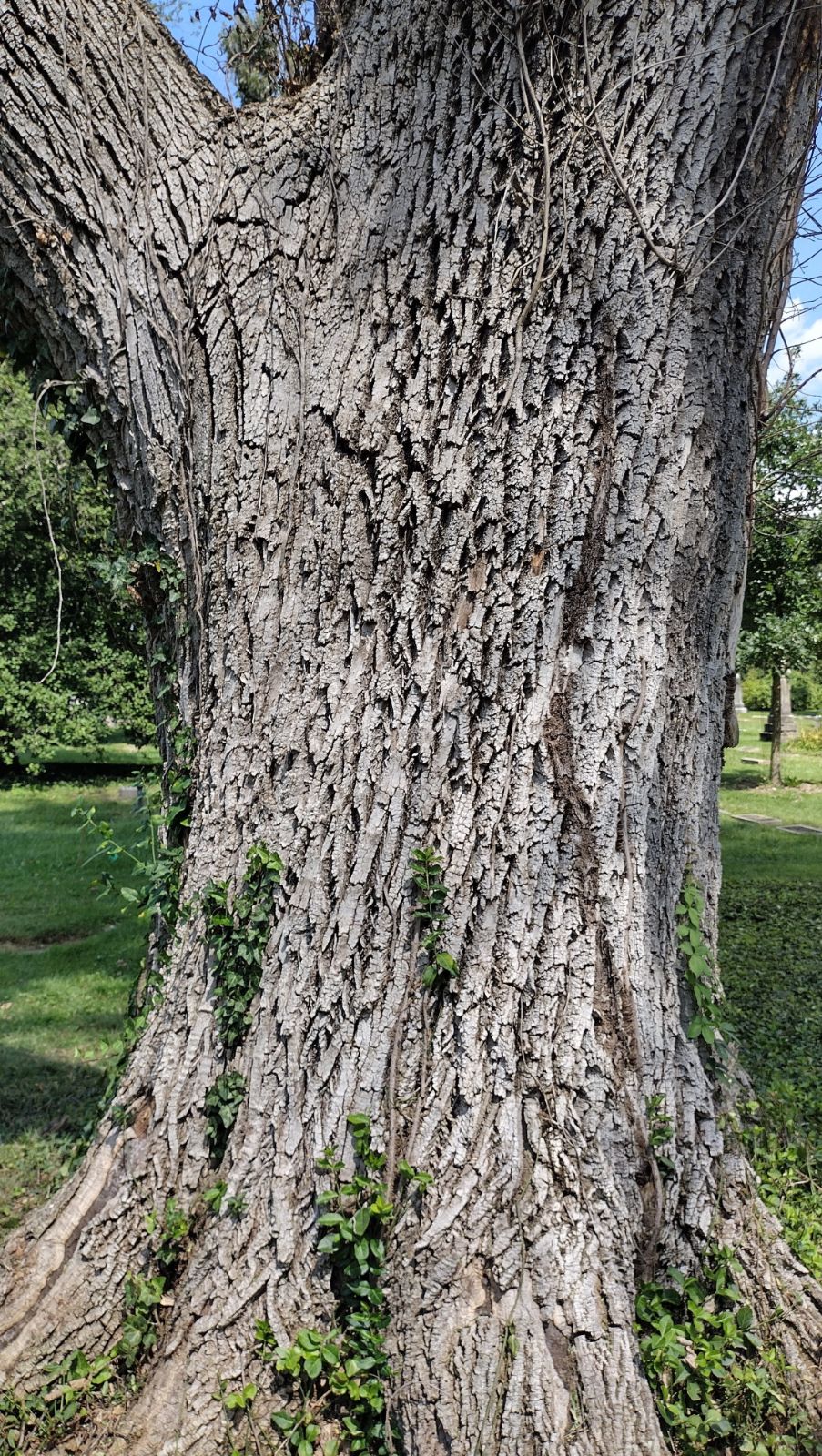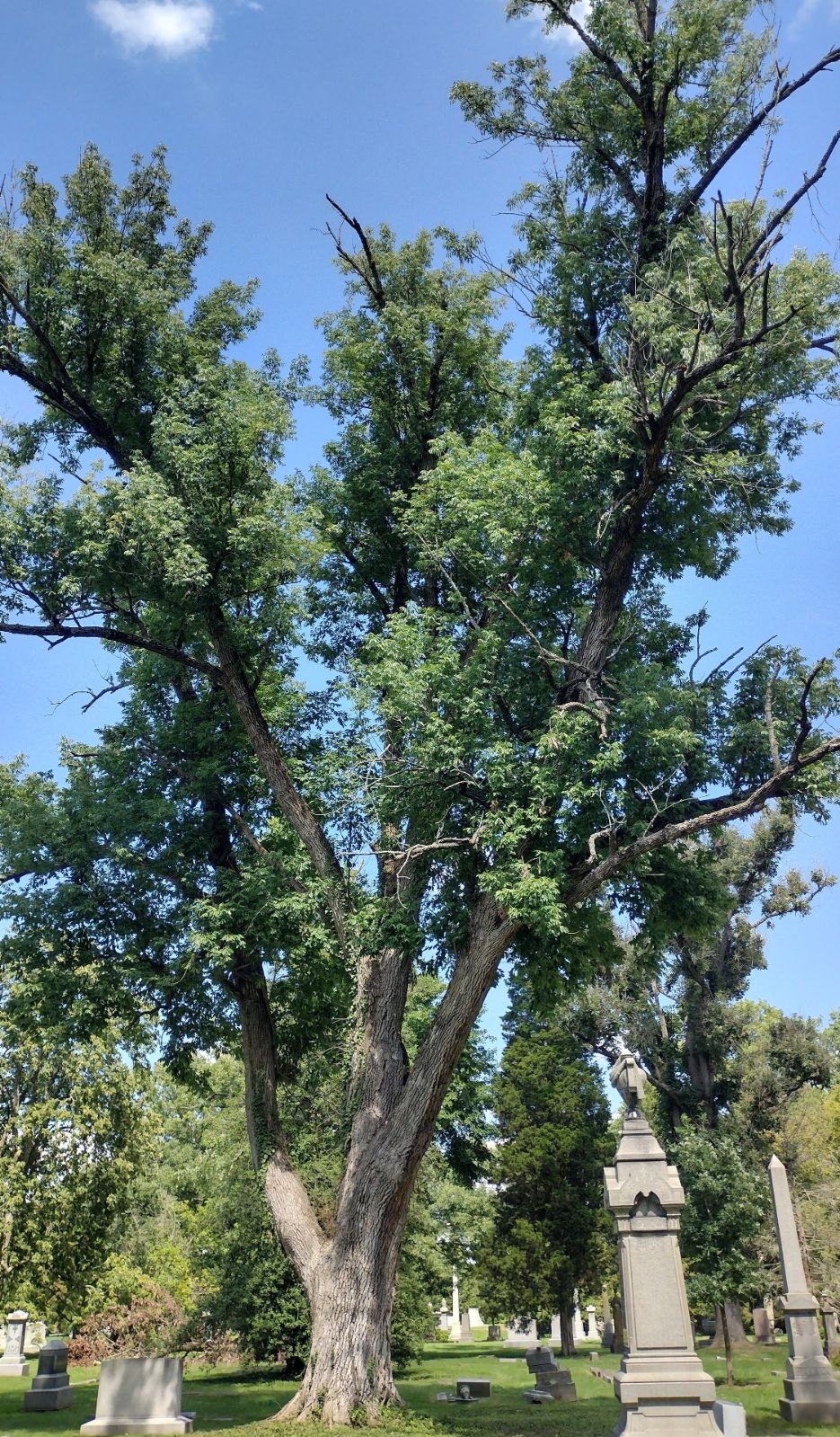Fraxinus americana
Credits
Article from Bean's Trees and Shrubs Hardy in the British Isles
Recommended citation
'Fraxinus americana' from the website Trees and Shrubs Online (treesandshrubsonline.
Infraspecifics
Other taxa in genus
- Fraxinus angustifolia
- Fraxinus anomala
- Fraxinus biltmoreana
- Fraxinus bungeana
- Fraxinus caroliniana
- Fraxinus chinensis
- Fraxinus cuspidata
- Fraxinus dipetala
- Fraxinus elonza
- Fraxinus excelsior
- Fraxinus floribunda
- Fraxinus griffithii
- Fraxinus holotricha
- Fraxinus lanuginosa
- Fraxinus latifolia
- Fraxinus longicuspis
- Fraxinus mandshurica
- Fraxinus mariesii
- Fraxinus nigra
- Fraxinus obliqua
- Fraxinus ornus
- Fraxinus oxycarpa
- Fraxinus pallisiae
- Fraxinus paxiana
- Fraxinus pennsylvanica
- Fraxinus platypoda
- Fraxinus pubinervis
- Fraxinus quadrangulata
- Fraxinus rotundifolia
- Fraxinus sieboldiana
- Fraxinus sogdiana
- Fraxinus spaethiana
- Fraxinus syriaca
- Fraxinus texensis
- Fraxinus tomentosa
- Fraxinus 'Veltheimii'
- Fraxinus velutina
- Fraxinus xanthoxyloides
A fine timber tree up to 120 ft high in the wild, with a trunk 5 to 6 ft thick; bark grey, furrowed, with narrow interlacing ridges; twigs glabrous, dark polished green or purplish brown, becoming grey the second year; terminal buds ovoid or conical, blunt at the apex. Leaves 8 to 15 in. long; leaflets seven or nine (sometimes five), oblong-lanceolate or oval, stalked, ordinarily 4 to 6 in. long (on vigorous young trees 7 or 8 in.), 1 to 3 in. wide, acute to acuminate at the apex, rounded or tapered at the base, entire, or edged near the apex or throughout with distant teeth, dark green and glabrous above, undersides glabrous or sometimes downy, especially on the main veins, covered with microscopic waxy protuberances (papillae) which are usually dense enough to render them whitish to the eye, but sometimes sparser, the undersides then appearing green; stalks of lateral leaflets about 1⁄3 in. long, of the terminal one 1⁄2 to 1 in. long; common stalk yellowish white, glabrous, round, with a scarcely perceptible groove on the upper side. Flowers unisexual, male and female borne on different trees; calyx minute, campanulate; corolla absent. Fruits 1 to 2 in. long, 1⁄4 in. wide; body rounded in cross-section; wing extending about one-third of the way down the body.
Native of eastern N. America; introduced in 1724. This handsome and striking ash is one of the best of American deciduous trees in this country, being quick-growing and producing timber of similar quality to that of our native ash and used for similar purposes in its native country. It is the only exotic ash that shows promise as a plantation tree in the British Isles, under conditions too dry or too frosty for the native species (Streets, R. J., Exotic Trees in the British Commonwealth, p. 394).
F. americana is somewhat variable in the number, shape, texture, toothing, and indumentum of the leaflets, but the variations are not well correlated with each other or with geographical location except that the leaflets are said to be generally greener beneath in the northern part of the area than in the south. It is also variable in its autumn colouring and, in Britain, not reliable in this respect. At Kew, the tree in the Ash Collection colours well, the pair in Pagoda Avenue do not colour at all.
It is not always easy to differentiate between the white ash and the red or green ash (F. pennsylvanica). The presence of papillae on the undersides of the leaves of the white ash, and their absence in the red ash group is, according to Miss Miller, the most reliable mark of difference, but it may not always be evident to the naked eye. Useful identification points given by her are that the terminal buds of the white ash are usually ovoid and blunt (pointed and conical in the red ash); leaf-scars on old twigs concave at the upper margin, truncate in the red ash (G. N. Miller, op. cit, pp. 12–16).
The dimensions of the trees at Kew are: Pagoda Vista, 88 × 73⁄4 ft, 70 × 63⁄4 ft and 63 × 73⁄4 ft; Ash Collection 74 × 71⁄2 ft (1967). Other notable specimens measured recently are: Syon House, Middlesex, 70 × 51⁄2 ft (1967); Kensington Gardens, London, 58 × 5 ft (1967); Westonbirt, Glos., in Broad Drive, 65 × 61⁄4 ft (1967); Batsford Park, Glos., 73 × 43⁄4 ft (1963).
From the Supplement (Vol. V)
specimens: Kew, Pagoda Vista, 60 × 71⁄4 ft (1974) and another 64 × 81⁄2 ft (1978), Ash Collection, 77 × 73⁄4 ft (1978), Bell Lawn, 92 × 9 ft (1982); Kensington Gardens, London, 80 × 53⁄4 ft, grafted at 7 ft (1981); Victoria Park, Hackney, London, 60 × 5 ft (1979); Westonbirt, Glos., Broad Drive, 69 × 61⁄2 ft (1974) and, Willesley Drive, 77 × 43⁄4 ft (1977); Batsford Park, Glos., 75 × 51⁄2 ft (1980); Colesbourne, Glos., 71 × 53⁄4 ft (1984); Edinburgh Botanic Garden, pl. 1908, 50 × 53⁄4 ft and 54 × 6 ft (1981); National Botanic Garden, Glasnevin, Eire, 72 × 51⁄2 ft (1975).

